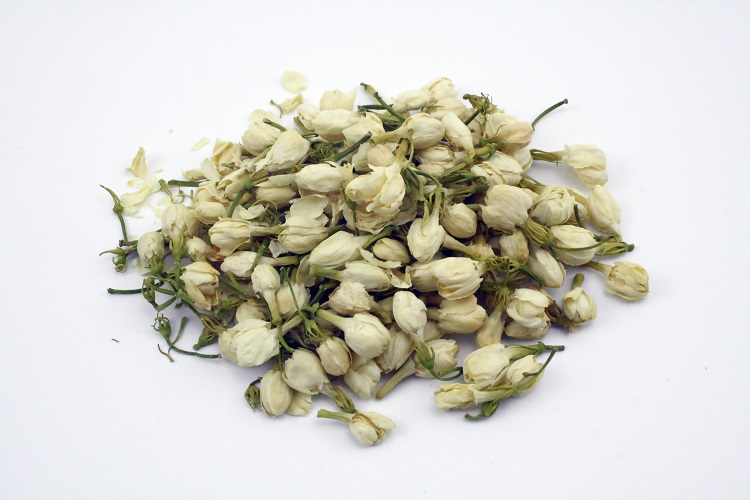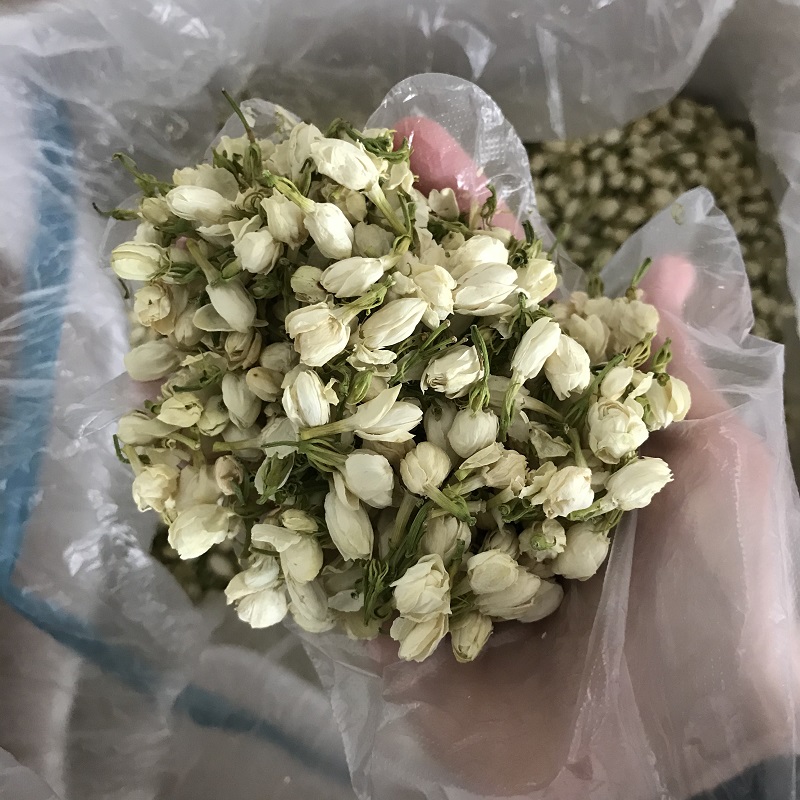
Jasmine buds, derived from the Jasminum genus of plants, are small, unopened flowers that carry the plant's characteristic fragrance. The Jasminum genus comprises a large variety of shrubs and vines, many of which are grown for their attractive, white or yellow flowers that bloom in clusters or solitary forms. Jasmine is widely cultivated around the world, especially in warm-temperate to subtropical regions.
The buds of certain jasmine varieties are harvested before they open for use in various applications. Here's an overview of some key points about jasmine buds:
Fragrance: Jasmine buds are renowned for their sweet, intoxicating scent. The fragrance is often used in perfumery to create floral notes in perfumes and other scented products.
Cultivation: Jasmine plants are not difficult to cultivate and can be grown in gardens or as potted plants. They prefer well-drained soil and full sun to partial shade. Regular pruning helps keep the plants bushy and promotes abundant bud formation.
Harvesting: Jasmine buds are typically handpicked when they start to show color but before they have opened fully. This careful selection process ensures that the buds retain their freshness and scent.
Uses: In addition to perfumery, jasmine buds are used in tea blends, culinary dishes, and traditional medicine. They are believed to have relaxing properties and are sometimes used in aromatherapy to reduce stress and promote calmness.








